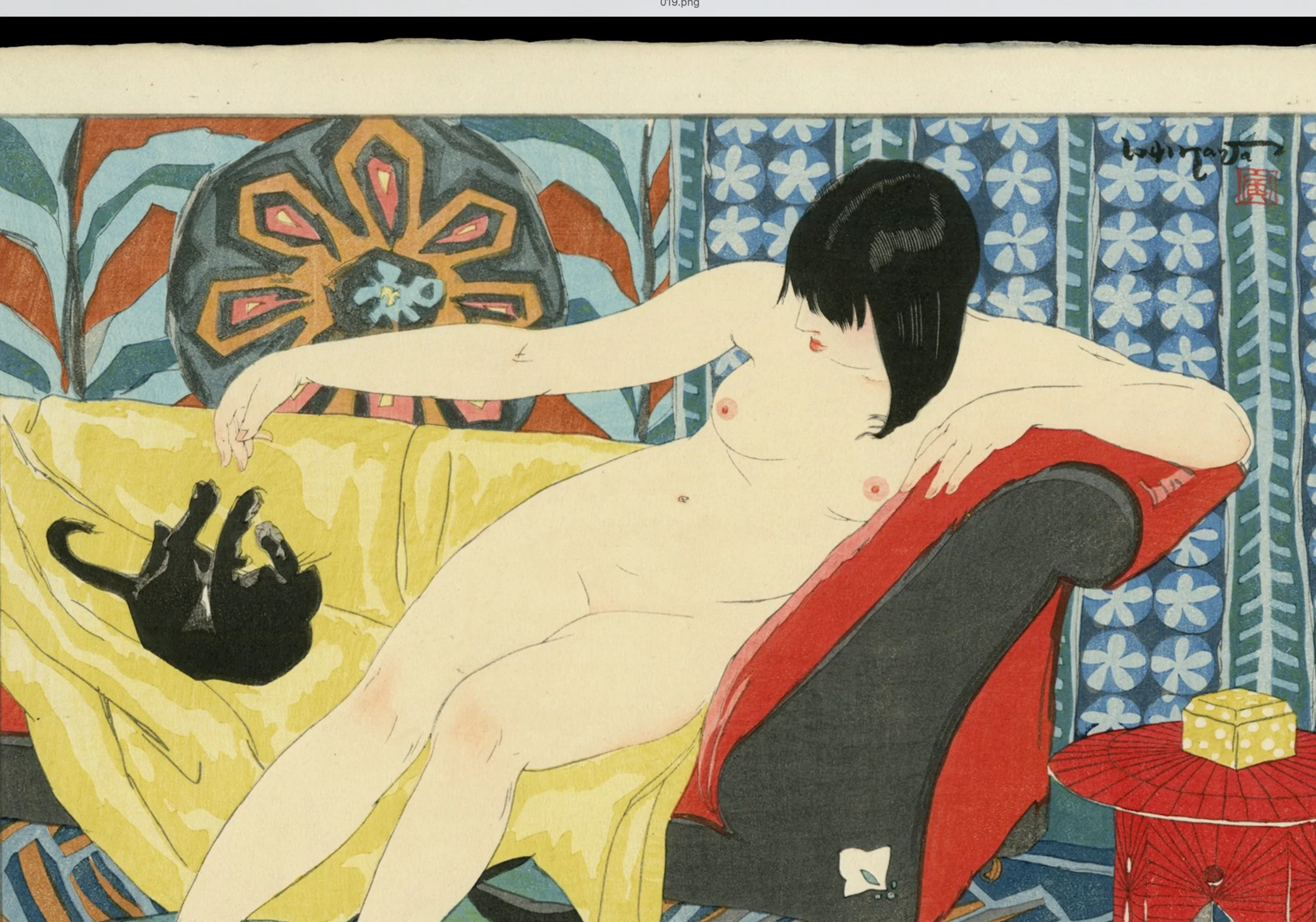TORAJI
COLLECTING JAPANESE PRINTS FEATURED SHIN HANGA ARTISTIshikawa Toraji
1875 - 1964
Ishikawa Toraji was a contemporary yōga, or Western-style, print artist active throughout the Taisho and Showa periods. Born in rural Kochi Prefecture in 1875, Ishikawa moved to Tokyo at the age of seventeen to study Western-style painting techniques under the artist Koyama Shotaro at his private atelier Fudosha. In 1902, he became a founding member of the conservative Taiheiyoga-kai (Pacific Painting Association), which included noted shin hanga artist Yoshida Hiroshi. Over the next two years, Ishikawa traveled extensively throughout the United States and Europe as many shin hanga artists did and, upon his return, became an instructor at the Taiheiyoga-kai.
Soon after, he exhibited paintings throughout the United States, including the San Francisco Panama-Pacific Exposition in 1915. During the Taisho era, Ishikawa traveled to Korea, Taiwan, and China. In 1918, he contributed twenty-one prints of Taiwan, later published the series Shin Nihon Kenbutsu (1918). Ishikawa became a regular exhibitor at the Bunten and Teiten government-sponsored exhibitions and principal leader of Taiheiyoga-kai in 1943; however, he resigned in 1947 to found his organization, the Shingen-kai society.
After the Pacific War, Ishikawa became active in art education, serving as an advisor to the Nitten organization in 1950. His later works include brightly lit, impressionist landscapes such as Inland Sea Landscapes (c. 1930s) and the series Ten Nudes (1934), which reflected nostalgically upon the jazz era, which was drawing to a close.



